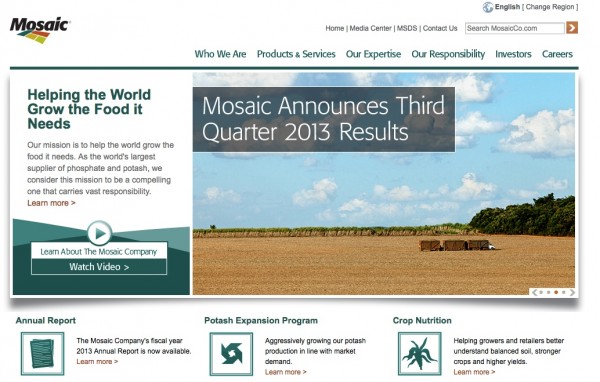Site.com has been touted as an easy way to create a portal, do simple content management, and otherwise extend your salesforce investment but still make things look good. Mobile has become a key requirement for almost any technology and anyone who can cut down the typical +30% cost to add mobile will gain in the marketplace.
They started out explaining a couple concepts like responsive design, html5, and various javascript libraries to get you there.
Site.com goals:
- Agility
- Mobile
- Social
- CRM
Site.com is a multi-tenant cloud platform so you not only get a site up and running quickly but you also have easy access to key data.
To meet goals, Site.com uses the following:
- Templates: build pages off a template
- Reusable components: create common components to put in your templates in pre-defined locations
- Import of html pages
- Device preview
- Support for html5, CSS3, and
- Scalable. They have a nice list of customers including clear task, a company Perficient recently acquired.
Demo
Pacificastore.com was the starting page. it doesn’t have any responsive design. She used a series of templates and data from Salesforce to create a better site. Site.com has many common WCM concepts like templates, components, and publishing.
The template is really just html that sets up the common repeating items. What this probably means is that any common change may not be global.
Built an event page using the “Bootstrap” template. (Bootstrap is a library with a lot off out of the box templates)
Note: demo was for functionality coming in Spring 2014.
Page contains multiple rich text areas with a wysiwyg editor. The editor allows for import of images, embedding of video via a YouTube widget, etc. With this baseline, we could see how you could make a variety of changes.
Bottom line: for easy to medium complexity sites, this could form a decent baseline.
Case Study
Mosaic is a $10B fertilizer company. They use SFDC for a variety of sales and marketing needs. Here’s the site today using Site.com

Mosaic like Site.com because they bootstrapped off of a poor website on a horrible infrastructure to a nice web site with centralized content management, support for a global focus (e.g. country specific sites), and integration to all the Salesforce data.
Dealer locator, for example, is now housed in SFDC under the dealer record. They added Google API’s for location specific data. it’s now part of a managed process where changes are pushed to site automatically.
Better yet, it’s mobile. I should note that the site manager is not a techie. It’s his saving grace because he now has so much more control over the site without delay and without a huge increase in IT resources.
Sophia Murphy
@smurphy_m360 talked about what they’ve been able to do with Site.com
Some examples,
Digital Realty
Uses responsive design to detect a phone. Includes key functionality with back end calls to SFDC. What’s interesting is that they use SFDC to store properties for sale. In other words, it’s become the core data store. Spec sheets are generated automatically (dynamic spec sheets in visual force and force.com to generate it on demand.)
Site.com has forms which can be used as comments. So you can post a blog (e.g. piece of content) and then comment on it with the linked object.
Ronald McDonald House
Less responsive and more agile. A third party design firm created the input and then they incorporated that in Site.com. The site provides an embed widget so stories can be reused outside of the actual web site.

Pingback: SEO Toro